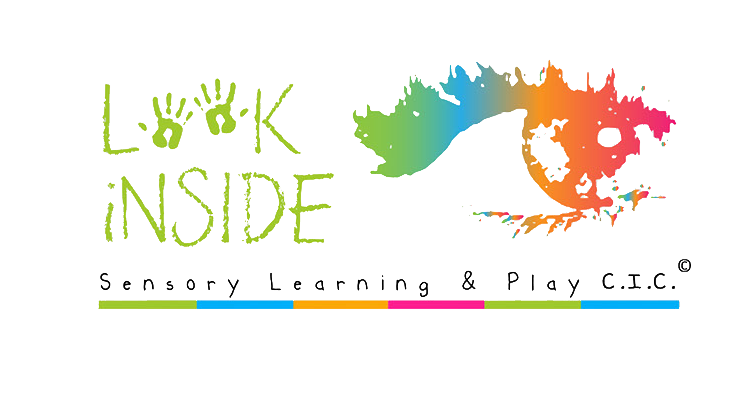“TAKIWATANGA” IS THE MAORI WORD FOR AUTISM AND IT MEANS “IN THEIR OWN TIME AND SPACE”.
It is common for children and young people (CYP) with dual diagnosis of additional needs and mental health presentations to be signposted to specialist services rather than early intervention mental health services. Intervening early reduces health disparities, enabling CYP with additional needs and mental health presentations to maintain their mental health through community based mainstream support. CYP with difficulties are 4 times more likely to have anxiety and depression, than their peers, alongside an increased risk of other health problems and early death. Out of 2,803,244 people with additional needs and mental health presentations, 768,083 of these were under 18 years of age, highlighting the need for effective early intervention pathways.
The pathways created for CYP with mental health presentations may not be accessible for those with additional needs and mental health presentations, due to limited therapeutic approaches such as CBT. Proven therapeutic interventions for CYP with additional needs and mental health presentations will allow engagement with treatment and improve their quality of life, such as creative therapies.
However, barriers to accessing services include limited clinician experience, lack of appropriate resources and perceived complexity of additional needs and mental health presentations. If CYP with additional needs and mental health presentations are not able to access early intervention services, they may suffer from poor outcomes in health, relationships, and education therefore requiring adult mental health services during later life.
I am very passionate about working with people to achieve their full potential, while championing the removal of barriers to access for vulnerable people. I have been working with children and young people with additional needs and mental health presentations, such as Anxiety and ADHD, in various roles over the last fifteen years and have experiences of systems which are not effectively supporting the needs of these children and young people. In my most current role as clinical specialist in a mental health team I have noticed the barriers to access for children with additional needs and mental health presentations. This is not the typical long wait times, of an overstretched service but one which I believe needs exploring and unpicking further. I have experience of constant consultations and what feels like battles around systems, pathways and clinical decisions which are based on whether an early intervention mental health service can meet the needs of children with additional needs and mental health presentations. Usually due to clinicians not feeling well equipped to manage the complexities of working with these children, or through lack of training around their needs. Often, these children are signposted to specialist services depending on their neurodiversity. In these specialist services the wait time is approximately 18-24months before an assessment.
Within 18-24months, a child with a additional needs and mental health presentations may have worsened mental health symptoms, no longer be accessing education, have become socially isolated, may have been placed voluntarily into foster care/residential care as parents cannot cope, may have developed extremely risky self-harming behaviours, or been the victim of grooming by gangs/sexual exploitation and have attempted suicide several times or even completed suicide. Subsequently, resulting in adults with additional needs and mental health presentations having poorer life outcomes including broken relationships, drug addiction, unemployment, poor housing, homelessness, clinical mental health disorders and early death. I firmly believe that this can be prevented with an early intervention pathway model that allows for ease of access and one which meets the needs of children with additional needs and mental health presentations in mental health services at the earliest possible stage. In summary a pathway that is accessible, engaging, and effective.
Future research could investigate the gateway specifically into early intervention services as this is at the very start of the need arising and an exploration of the patient journey. The impact of such exploration will increase access to early intervention pathways in mental health services. I know there is a need, but without further investigation, the need cannot be evidenced and without the patient voice the need cannot be met effectively, therefore resulting in no change to the systems which may not be inclusive.
Naomi Williams
Clinical Director
